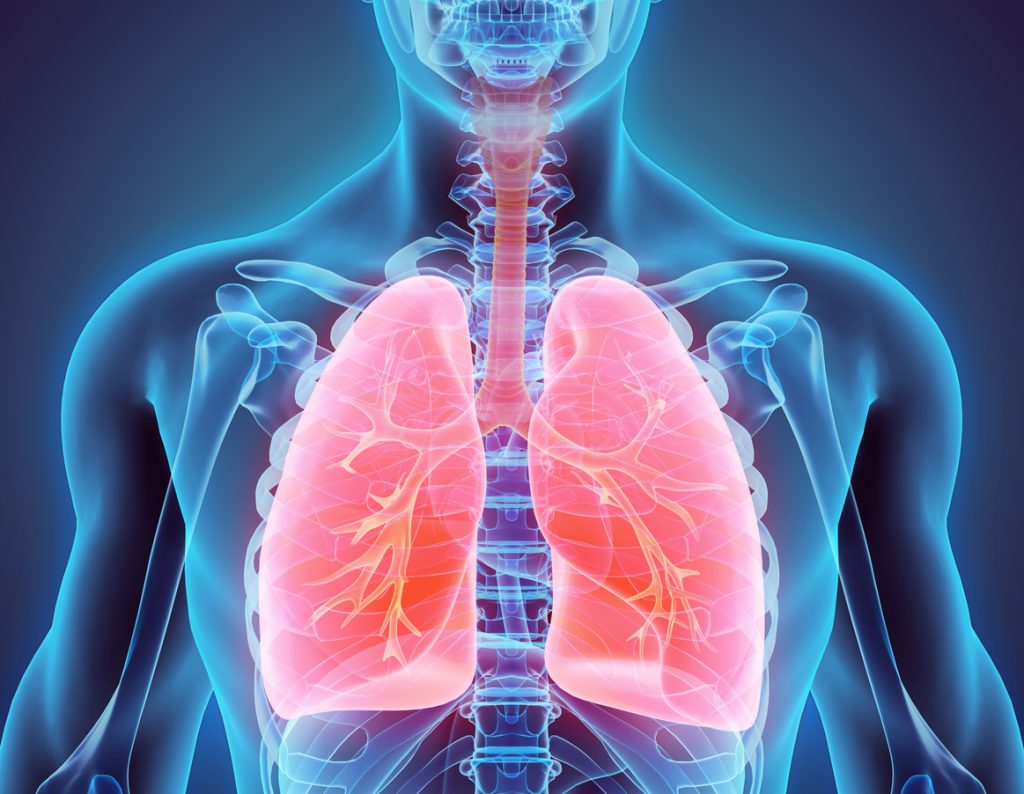Pulmonology and cardiology, two fields that might seem distinct, are actually deeply connected. This link, like an invisible thread, is something we’re beginning to understand in more depth, thanks to tools like Telehealth Bridgewater. This post will explore this fascinating interaction between our lungs and heart.
A Deeper Connection
Our heart and lungs work together in harmony. When we breathe in, our lungs provide oxygen to our blood. Our heart then pumps this oxygen-rich blood to the rest of our body. Any issue with either organ can disrupt this essential process.
A problem with the lungs can lead to less oxygen in the blood. This forces the heart to work harder. On the other hand, a weak heart can cause fluid to build up in the lungs. It’s clear from this that the health of one organ impacts the other.
The Role of Telehealth Bridgewater
Telehealth Bridgewater plays an essential role in understanding this link. It provides remote medical services. This means patients can receive care from their homes. It’s especially useful for those with heart or lung conditions. They can monitor their health without frequent hospital visits.
Telehealth Bridgewater also facilitates collaboration between doctors. Cardiologists and pulmonologists can work together more easily. They can share data and insights. This leads to a more comprehensive understanding of their patient’s health.

Case Study Data
Let’s look at some data to illustrate this link. The following table shows the number of patients with both lung and heart conditions. It was collected over a one-year period using Telehealth Bridgewater.
| Month | Number of Patients |
| January | 120 |
| February | 132 |
| March | 145 |
| April | 150 |
| May | 156 |
| June | 165 |
Conclusion
Understanding the link between pulmonology and cardiology is vital for our health. It helps us recognize how these two systems influence each other. With advances in technology like Telehealth Bridgewater, we can explore this link further. This will lead to better treatment and care for patients.






